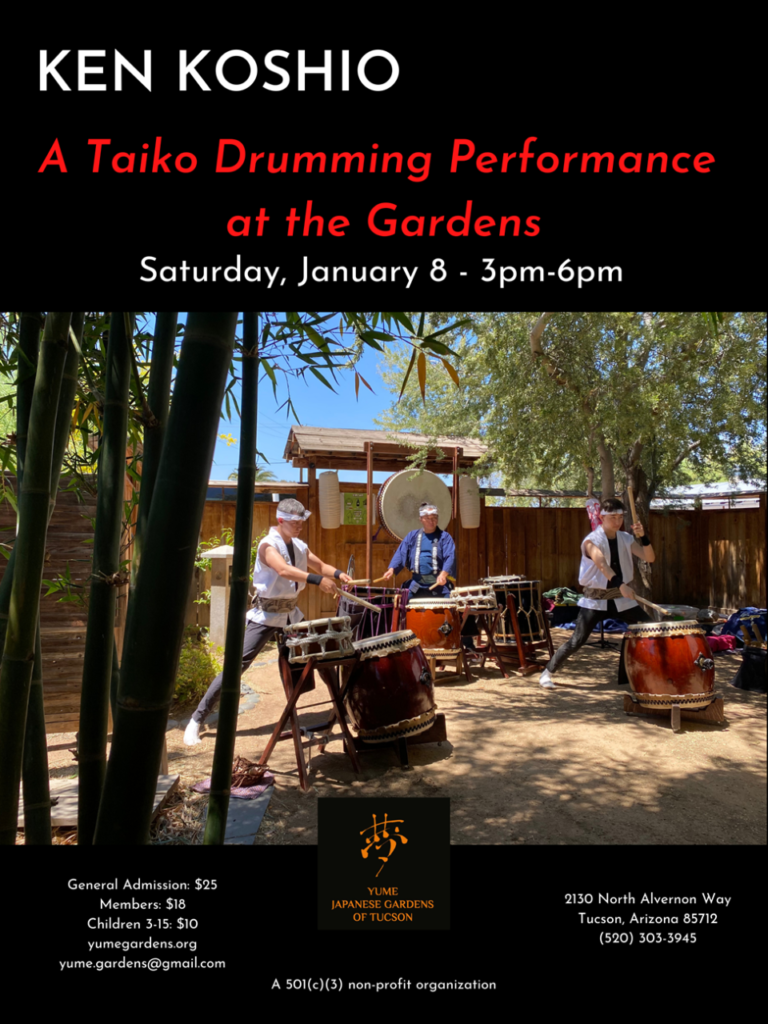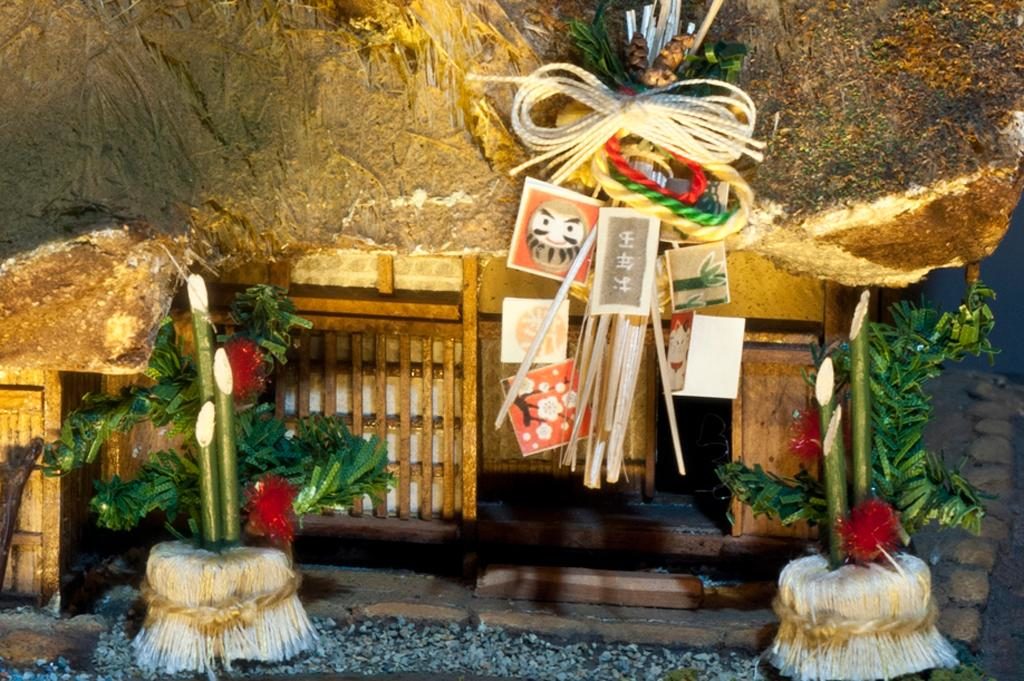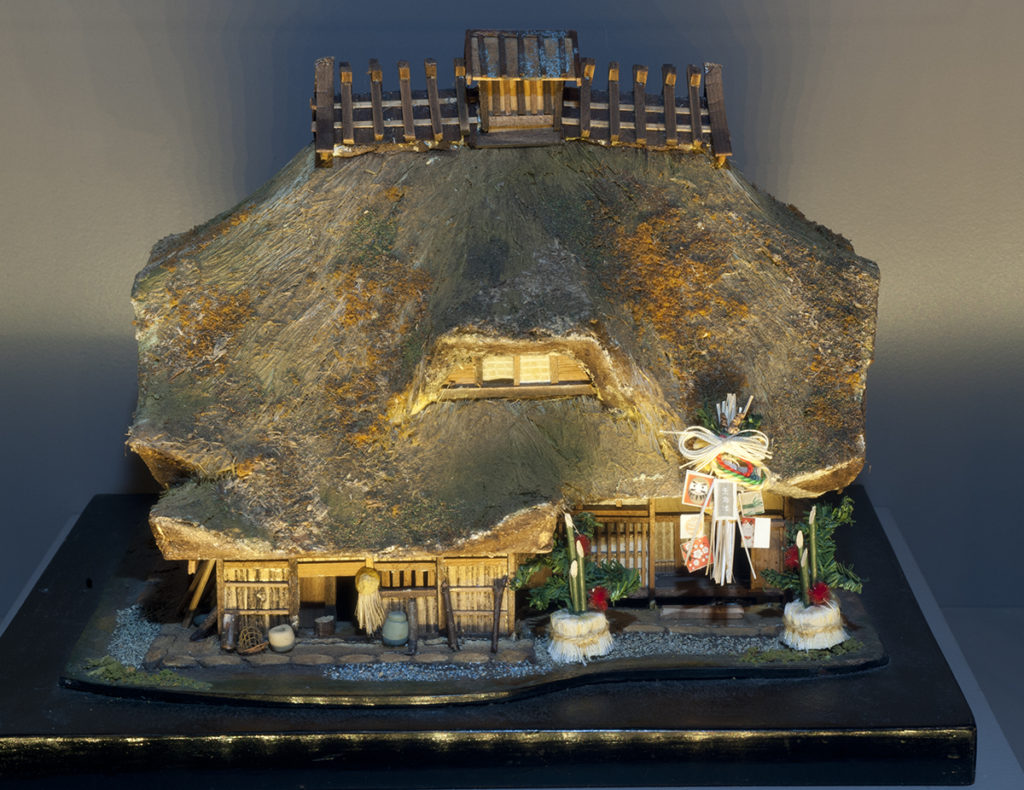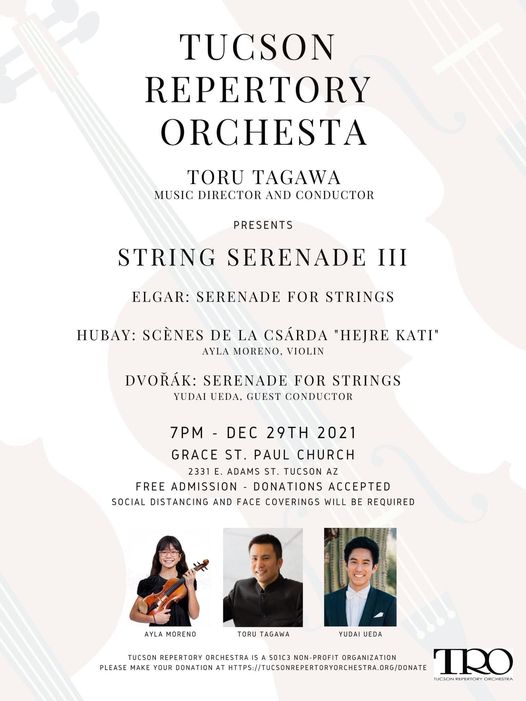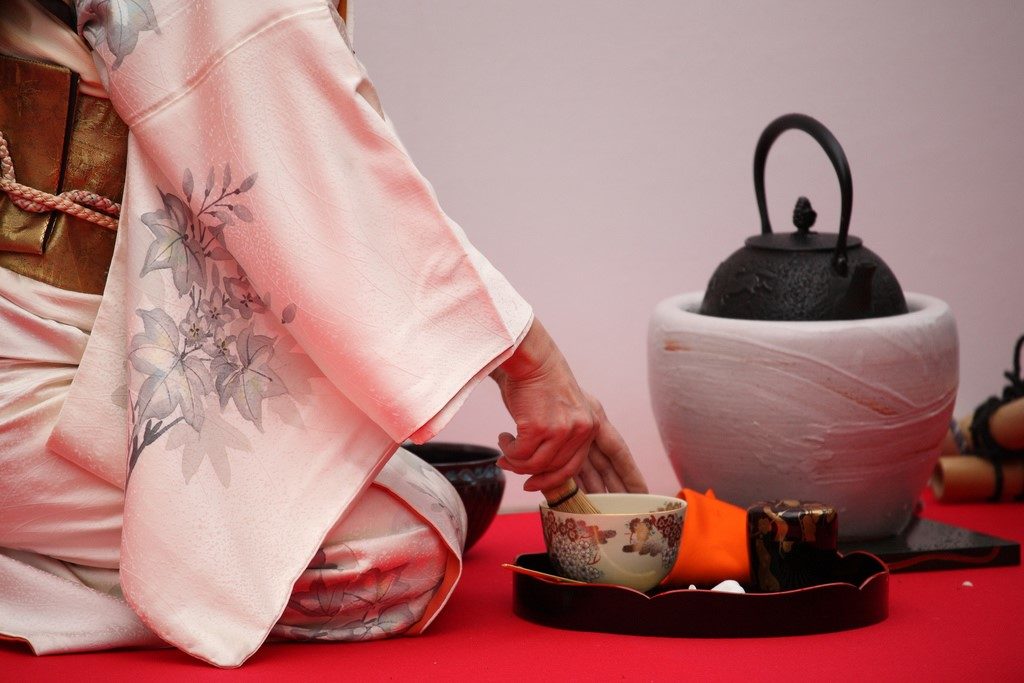
| TEA CEREMONY at Yume Japanese Gardens of Tucson – “Come experience a Japanese Tea Ceremony at Yume Japanese Gardens on Saturday, February 5, 2022 at 1:00 pm & 2:00 pm. The Japanese tea ceremony, or chanoyu (translated literally as “hot water for tea”), is a cherished ritual involving the preparation and presentation of powdered green tea in a highly stylized manner.A host and a guest, wearing traditional Japanese kimono specific to the ceremony, will demonstrate how tea has been prepared, served, and enjoyed in Japan since the 12th century.Tea will be served to participants adhering to current health and safety guidelines.General admission: $25 per person (includes Gardens admission).Member admission: $15Advanced ticket reservation is required. This is a limited admission event to guarantee social distancing to our guests. Contact: Patricia Deridder (520) 303-3945 Email: yume.gardens@gmail.c For more information, visit yumegardens.org or email Patricia Deridder at yume.gardens@gmail.com.Yume sets capacity limits to safeguard visitors and staff and observes Arizona Department of Health Services guidelines for COVID-19 management. Timed admission tickets, purchased online, are required for entry; physical distancing and facial coverings are also required, in all indoor and outdoor spaces.” Yume Japanese Gardens is located at 2130 N. Alvernon Way, Tucson, AZ 85716 |


